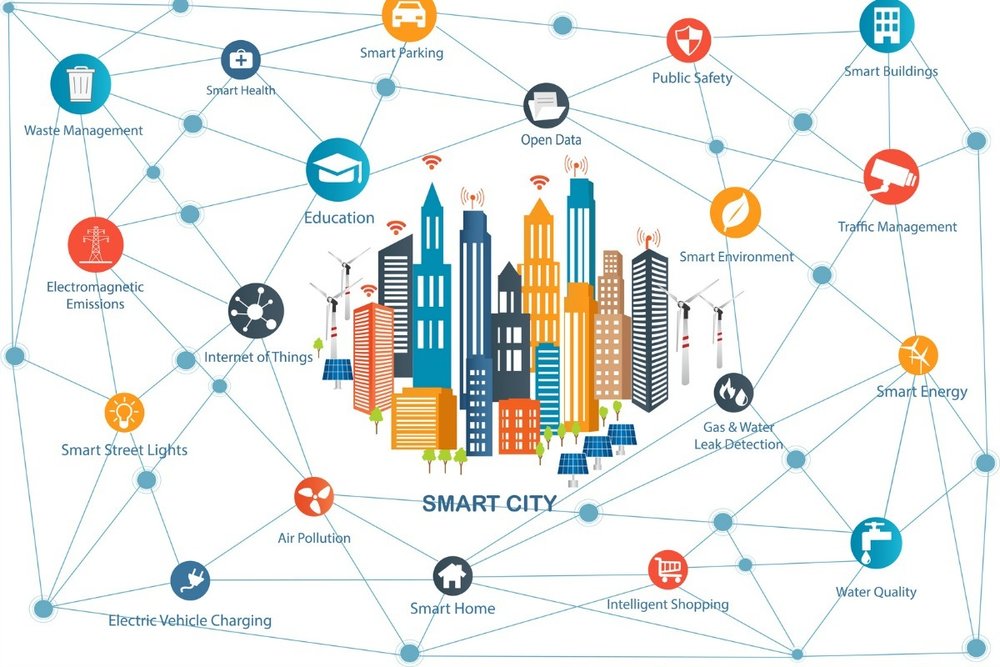Polish investors invited to smart city projects in Tehran

TEHRAN — Tehran Mayor Mohammad Ali Najafi has asked polish investors and companies to take part in smart city projects in the Iranian capital, Fars reported on Wednesday.
Najafi made the remarks in a joint economic forum held during his four-day trip to the Polish capital with Warsaw Mayor Hanna Beata Gronkiewicz-Waltz.
The Tehran mayor encouraged the polish private sector to become active in Iran maintaining it as a priority for the municipality.
He further deemed projects pertaining to developing smart cities as the major projects for the musicality saying “developing smart city projects has been recently proposed for the first time as one of our principal urban management programs and we are seriously following up with it.”
“Such projects will open up ample opportunities for polish investors active in private sector,” he restated.
He further explained that traffic congestion, noise pollution, and air pollution mostly exacerbated by motorcycles is one of the main issues Tehran municipality is struggling with noting that some 3 million [carbureted] motorcycles are plying the city and that municipality is planning to replace such high-emission vehicles with electric ones.
“This is one of the major projects that polish investors as well as other foreign investors can participate,” he highlighted.
Najafi went on to say that projects concerning public transit, waste segregation, waste recycling and producing biofuel and electricity from waste, developing tourism infrastructure such as hotels, multi-level automated parking, as well as manufacturing firefighting equipment are also the projects that can provide common grounds to start joint cooperation.
He finally commented on lack of banking channels as the main obstacle in extending ties with polish investors and companies.
Tehran municipality, as a front organization for urban management, is failing to keep its promises to increase the city livability index and for many of us the capital is synonymous with constant air and noise pollution and torturous traffic.
Smart cities characteristics
According to the Internet of the Things Agenda website a smart city is a municipality that uses information and communication technologies to increase operational efficiency, share information with the public and improve both the quality of government services and citizens welfare.
Emerging trends such as automation, machine learning and the internet of things (IoT) are driving smart city adoption.
In the transportation arena, smart traffic management is used to keep track of and analyze traffic flows to optimize streetlights to prevent roadways from becoming too congested based on time of day or rush-hour schedules.
Smart public transit is another feature of smart cities, used to ensure public transportation meets user demand. Smart transit companies can coordinate services and fulfill riders' needs in real time, improving efficiency and rider satisfaction. Ride-sharing and bike-sharing are also some of the common services in a smart city.
Smart city initiatives also focus on monitoring and addressing environmental concerns such as climate change and air pollution. Sanitation can also be improved with smart technology, for example by using internet-connected trash cans and IoT-enabled fleet management systems for waste collection and removal, or using sensors to measure water parameters and guarantee the quality of drinking water with proper wastewater removal and drainage at the back end.
Tehran, a city struggling to survive
With that being said the mayor of Tehran is considering new smart city projects in the framework of his urban management plan, however, obviously the city is suffering from some fundamental defects.
The vicious circle of air pollution coupled with old and scanty public transit is no mystery. It is a common knowledge that the public transit in Tehran is largely comprised of old, high-emission buses which are not even sufficient to meet the need of the growing population especially during rush hours. This urges the public to opt to use their private cars which both results in releasing more emission and worsens traffic congestion.
Waste segregation at source is not being implemented in Tehran and results is losing tons of precious recyclable waste.
Urban sprawl, land subsidence- mostly caused by depleting ground water resources- and lack of disaster preparedness are also other problems the city is grappling with.
Tehran municipality, as a front organization for urban management, is failing to keep its promises to increase the city livability index and for many of us the capital is synonymous with constant air and noise pollution and torturous traffic.
For some years now Tehraners only see the azure sky during the new year holidays while the city is almost at peace with many travelling around the country.
Meanwhile Tehran municipality is believed to look for alternatives which benefit the organization on top of everything.
For one, the new traffic scheme, which is scheduled to be carried out next year (March 2018), seems to be a lucrative business for the municipality by authorizing everyone to enter the traffic restricted zones, which are normally open to a certain number of cars during the day.
A simple calculation shows that the organization will make millions of dollars by implementing the new scheme, the real question is where the money is going to be spent?
The problem is not just finding foreign partners to invest in urban management projects. The main issue is changing the mindset.
MQ/MG
